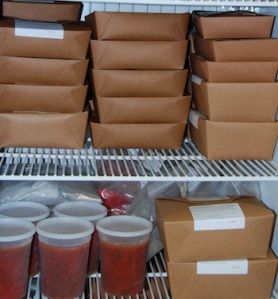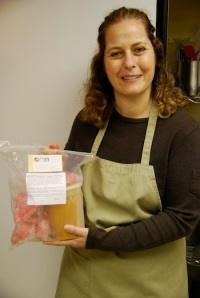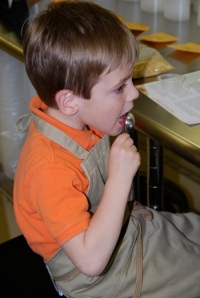
When you're navigating the vast array of new wines available, it helps to anchor your experience to something familiar, then reach out to what's unexpected.
“But what is this like?”
Ever notice how often you ask yourself that when shopping for new wines?
Especially when it comes to taste, we fumble about for something related, something familiar on which to anchor our perceptions as we explore – either tentatively or at full speed ahead – uncharted territory.
Take Sonoma cab. I tried one recently from Chalk Hill, called Imagine — it was new for me — at Grafton Street in Cambridge. It was like cabs I know from Napa (an anchor to something familiar), except it wasn’t. It was also like reds I know from Sonoma (another anchor) except it wasn’t that, either. It was its own thing but it was close enough to things I know to make trying it an experience that was, at once, both comfortable and adventurous.
Take a southern Italian red called Nerello Mascalese. I tried one – a 2007 from a producer called Passopisciaro – at a Boston University event a few weeks back. I’d never heard of the grape nor the winery so, whether consciously or not, I immediately started groping for clues in this wine that would help me to put it into the perspective of other wines I know better. Its color, for instance, was a lovely, translucent ruby that reminded me (there’s that anchor again) of some pinot noirs. I was grasping, and this was just a toehold, but it was enough to move me forward.
Those toeholds serve however precariously in situations like these to balance the old and the new. Balancing old and new when it comes to learning may be familiar territory to philosophers or educational theorists, but when it comes to wine, it is the fairly new realm of something I’ve come to call the half-and-halfers: that is, wines that are half of something familiar (like one of the “universal” grape varieties such as chardonnay and merlot) and half of something indigenous (that is to say, something most of us have never even heard of before).
Anchoring yourself to the familiar makes it easier to branch out and try something new. And in the world of wine these days, something new is always just around the corner.
Cathy Huyghe writes the WGBH Foodie blog. Read new WGBH Foodie posts every weekday, in which Cathy explores myriad ways and places to experience good food and wine.
Filed under: Restaurants, Stories | Tagged: Boston University, Chalk Hill Cabernet Sauvignon, Grafton Street, Half- and Half-ers, Nerello Mascalese, Passopisciaro, Trying new wines | Leave a comment »



















